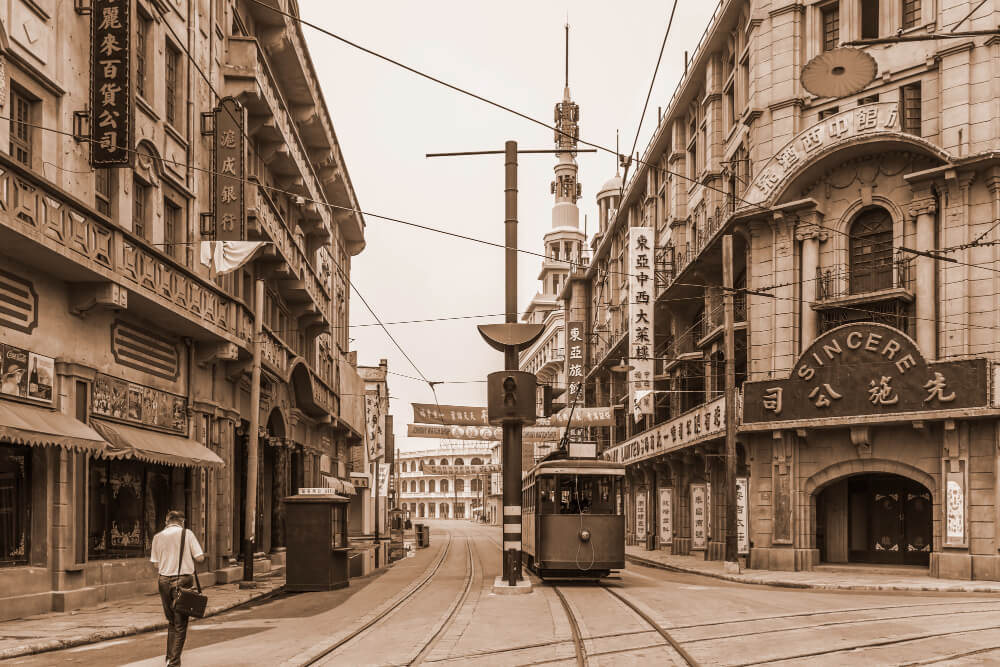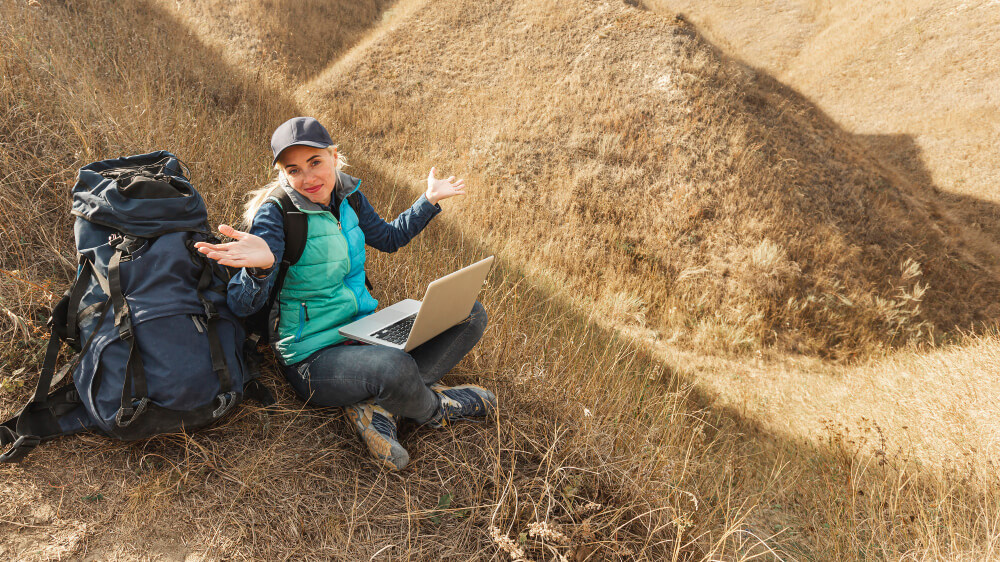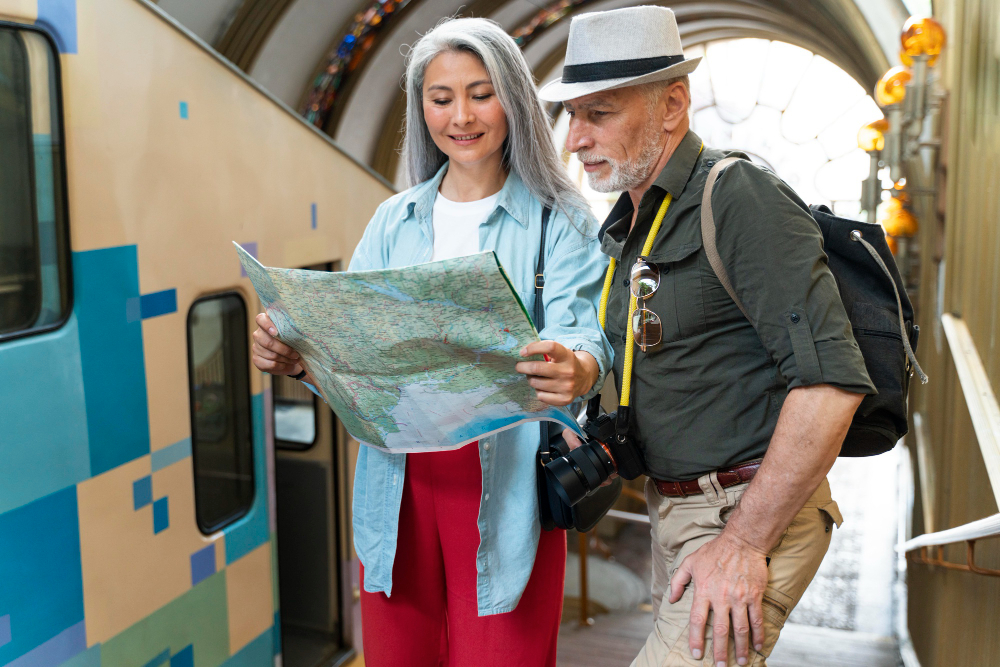Exploring Europe historical photography through a camera lens offers a unique opportunity to blend the old with the new.
From ancient castles and grand cathedrals to modern cityscapes and bustling streets, Europe is a photographer’s dream.
But how do you effectively capture these historical sites with modern technology? This comprehensive guide will answer your questions, provide practical tips, and inspire you with examples and personal stories.
Whether you’re a beginner or a seasoned photographer, you’ll find valuable insights to enhance your photography journey.

Common Questions and Concerns
What are the best sites in Europe historical photography?
Europe is home to countless historical sites, each with its unique charm and photographic potential.
Some of the most iconic include:
- The Eiffel Tower, Paris, France: A symbol of romance and elegance, this iron lattice tower offers numerous angles and perspectives.
- The Colosseum, Rome, Italy: This ancient amphitheater provides a glimpse into Roman history and architecture.
- Stonehenge, England: The mysterious stone circle offers opportunities for capturing the mystique of ancient civilizations.
- The Acropolis, Athens, Greece: The ancient citadel provides stunning views and historical significance.
- Neuschwanstein Castle, Germany: This fairy-tale castle is set against a picturesque backdrop of the Bavarian Alps.
- Sagrada Familia, Barcelona, Spain: Gaudí’s masterpiece is a blend of Gothic and Art Nouveau styles, perfect for detailed shots.
How can modern technology enhance my photography?
Modern technology can significantly enhance your photography by offering better image quality, creative possibilities, and post-processing options.
Key advancements include:
- High-Resolution Cameras: Modern DSLRs and mirrorless cameras capture intricate details and offer higher dynamic range.
- Drones: Aerial photography provides unique perspectives that were once impossible to achieve.
- Smartphones: Advances in smartphone camera technology allow for high-quality photos on the go.
- Editing Software: Programs like Adobe Lightroom and Photoshop enable extensive post-processing, enhancing colors, sharpness, and overall image quality.
What are some tips for photographing crowded tourist spots?
Capturing the essence of popular Europe historical photography sites without the interference of crowds can be challenging.
Here are some strategies:
- Visit During Off-Peak Hours: Early mornings or late afternoons are ideal times to avoid crowds and get the best light.
- Use Long Exposures: Long exposure photography can blur or eliminate moving people, creating a serene, crowd-free image.
- Frame Your Shots Creatively: Look for unique angles and perspectives that avoid the busiest areas.
- Patience is Key: Sometimes, waiting a few minutes for the right moment can make all the difference.
How do I balance capturing the historical essence with modern photography techniques?
Balancing the authenticity of Europe historical photography with modern tools requires a thoughtful approach.
Tips include:
- Respect the Site: Always follow local guidelines and respect the historical integrity of the site.
- Combine Wide and Detailed Shots: Capture the grandeur with wide-angle shots and the intricate details with close-ups.
- Tell a Story: Use your photos to narrate the history and significance of the site.
- Experiment with Black and White: Black and white photography can add a timeless feel to your images.
Practical Tips for Capturing Europe’s Historical Sites
Plan Your Visit
Planning is crucial for a successful photography trip.
Consider the following:
- Research and Timing: Research the best times to visit each site. For instance, sunrise and sunset often provide the most dramatic lighting.
- Weather Considerations: Check the weather forecast and plan your shoots around optimal conditions. Cloudy days can be great for diffused light, while sunny days highlight architectural details.
- Permits and Permissions: Some sites may require photography permits, especially for professional equipment or drones. Check in advance to avoid any issues.
Use Modern Technology to Your Advantage
Modern technology can transform your photography.
Here’s how:
- High-Resolution Cameras: Invest in a good quality camera. For example, a full-frame DSLR or mirrorless camera with a high megapixel count will capture more detail and provide better low-light performance.
- Lenses: Use a variety of lenses to capture different perspectives. A wide-angle lens is great for capturing the entire scene, while a telephoto lens can isolate details from a distance.
- Drones: Drones offer an aerial view that can reveal patterns and structures not visible from the ground. Ensure you understand the local drone regulations before flying.
- Smartphones: Today’s smartphones are equipped with powerful cameras and editing tools. Use features like portrait mode, HDR, and panoramic shots to enhance your photos.
- Editing Software: Post-processing can elevate your photos. Adjust exposure, contrast, and color balance to make your images pop. Programs like Adobe Lightroom and Photoshop are industry standards, but there are also excellent free options like GIMP and Darktable.
Mastering Composition and Lighting
Composition and lighting are fundamental to great photography.
Here are some tips:
- Rule of Thirds: Divide your frame into nine equal parts using two horizontal and two vertical lines. Place the subject along these lines or at their intersections for a balanced composition.
- Leading Lines: Use natural lines, such as pathways, rivers, or architectural features, to guide the viewer’s eye to the main subject.
- Symmetry and Patterns: Historical sites often feature symmetrical designs and repeating patterns. Capture these to create visually appealing images.
- Framing: Use elements like arches, windows, or trees to frame your subject and add depth to your photo.
- Natural Light: Early morning and late afternoon light, known as the golden hour, provides soft, warm tones that enhance the beauty of historical sites. Overcast days offer diffused lighting that reduces harsh shadows.
- Night Photography: Historical sites can look magical at night, especially when illuminated. Use a tripod and a long exposure to capture sharp, well-lit images in low light.
Capturing the Moment
Capturing the right moment requires patience and an eye for detail.
Here’s how to do it:
- Be Patient: Sometimes, waiting for the perfect moment can make all the difference. Whether it’s waiting for the right light or a break in the crowd, patience pays off.
- Candid Shots: Capture candid moments of locals and tourists interacting with the historical sites. These shots add a human element to your photos and tell a richer story.
- Action Shots: Look for moments of action, such as a pigeon taking flight or a street performer entertaining a crowd. These dynamic shots add energy to your portfolio.
- Capture Details: Don’t just focus on the grand views. Capture the small details that tell the story of the place, such as intricate carvings, worn steps, or colorful mosaics.
Personal Stories and Examples
Sharing personal stories and examples can provide relatable context and inspiration.
Here are a few from my own experiences:
Exploring the Colosseum
During a trip to Rome, I visited the Colosseum early in the morning. The light was perfect, casting long shadows that accentuated the structure’s grandeur.
Using a wide-angle lens, I captured the entire amphitheater in a single frame.
Later, I used a telephoto lens to focus on the intricate details of the ancient stonework.
The contrast between the worn stones and the bright morning light made for stunning photos.
Drone Photography at Neuschwanstein Castle
Flying a drone over Neuschwanstein Castle was an unforgettable experience.
The aerial view revealed the castle’s stunning setting against the Bavarian Alps, something that ground-level shots couldn’t fully capture.
The footage highlighted the castle’s fairy-tale architecture and the surrounding natural beauty.
Editing the photos later, I enhanced the colors to bring out the lush green of the forests and the blue of the sky, creating a series of images that felt both magical and timeless.
Capturing Stonehenge at Sunset
Stonehenge is a site steeped in mystery, and I wanted to capture its enigmatic beauty. I visited at sunset, when the stones were bathed in a warm, golden light.
Using a tripod and a long exposure, I captured the changing light as the sun dipped below the horizon.
The resulting images had a serene, almost mystical quality, with the ancient stones standing in sharp contrast to the vivid colors of the sky.

Incorporate Visuals
Visual elements are crucial for making your guide engaging and informative.
Here are some ideas for incorporating visuals:
- Before and After Edits: Show the impact of editing by displaying before and after versions of your photos. This can illustrate the power of post-processing and provide learning examples for your readers.
- Aerial Shots: Share stunning drone footage to provide a different perspective of well-known sites. Aerial views can reveal patterns and structures that are not visible from the ground.
- Infographics: Create infographics that highlight photography tips and tricks, making them easily digestible for readers. Infographics can simplify complex information and make it more accessible.
- Photo Series: Share a series of photos that tell a story about a particular site. This can include wide-angle shots, detailed close-ups, and candid moments.
- Video Tutorials: Include short video tutorials on topics like composition, editing, and drone photography. Videos can provide dynamic, hands-on learning experiences for your audience.
Remember to use descriptive alt text for each visual element, incorporating relevant keywords like “Photography Through Time” and “Capturing Europe’s Historical Sites.” This not only improves accessibility but also enhances your SEO.
Engage with Your Readers
Encouraging reader interaction can significantly boost engagement and improve your SEO.
Here are some ways to get your readers involved:
- Ask Questions: Pose questions to your readers at the end of sections or the guide. For example, “Have you ever visited a historical site in Europe? Share your favorite photography tips in the comments!”
- Invite Contributions: Encourage readers to share their photos and stories. You could even feature user-submitted content in future updates or on your social media channels.
- Create Polls and Surveys: Use polls and surveys to gather feedback and insights from your audience. This can help you tailor future content to their interests and needs.
- Social Media Integration: Promote your guide on social media platforms and encourage readers to share it. Use relevant hashtags and tag historical sites to reach a broader audience.
Keep Your Guide Up-to-Date
The world of photography is constantly evolving, and so are Europe’s historical sites. Keep your guide relevant by:
- Regularly Updating Content: Update your guide with new tips, technologies, and site information. For example, if a new photography trend emerges or a historical site undergoes restoration, include these updates in your guide.
- Monitoring SEO Trends: Stay up-to-date with SEO best practices and adjust your content accordingly. This might involve updating keywords, improving meta descriptions, or optimizing images.
- Engaging with Your Audience: Listen to feedback from your readers and make adjustments based on their suggestions. This shows that you value their input and are committed to providing valuable content.
Conclusion
Capturing Europe historical photography sites with modern technology offers a rewarding blend of old and new.
By planning your visit, using the latest technology, mastering composition and lighting, and incorporating personal stories and visuals, you can create stunning photographs that stand the test of time.
Engage with your readers, keep your guide up-to-date, and you’ll not only improve your SEO but also inspire others to embark on their own photography adventures.
Remember, photography is an art that evolves with practice and experimentation. So, grab your camera, explore the rich history of Europe, and capture moments that will be cherished forever.
Happy shooting!
FAQs
How has technology improved the preservation of Europe historical photography?
Modern imaging technology has revolutionized the preservation and analysis of historical photographs.
Researchers now use color and infrared photography, video, and multispectral imaging to resurrect details in faded and encrusted images that are no longer visible to the naked eye.
This allows for the restoration and study of ancient artworks and photographs with unprecedented clarity.
What are some online platforms that showcase historical photographs of Europe?
Several online platforms allow users to explore historical photographs of Europe:
- Europeana.eu: A searchable online gallery with over 2 million historical photographs from the first 100 years of photography in Europe.
- Historypin: A collaborative website where users can upload and geotag historical photographs on Google Maps.
- Re.photos: A website that collects before-and-after photos of European buildings and monuments, showing how they’ve changed over time.
How are modern technologies being used to capture and compare historical sites?
Modern technologies are being used in various ways to capture and compare historical sites:
- Photogrammetry and 3D scanning to create detailed digital models of historical structures.
- Drone photography for aerial views of archaeological sites.
- AI-powered image analysis to detect changes in landscapes and buildings over time.
- Augmented reality apps, like the Museum of London’s Streetmuseum, which allow users to see historical images overlaid on modern cityscapes.
What are some challenges in photographing historical sites today compared to the past?
Challenges in photographing historical sites today include:
- Increased tourism and restricted access to certain areas.
- Modern structures and urban development altering historical views.
- Conservation efforts that may change the appearance of sites.
- Legal and ethical considerations regarding privacy and cultural sensitivity.
How can individuals contribute to the documentation of historical sites through photography?
Individuals can contribute to the documentation of historical sites through photography in several ways:
- Participating in citizen science projects that collect and analyze historical photographs.
- Uploading personal or family historical photographs to platforms like Historypin or Europeana.
- Creating then-and-now comparison photographs of historical sites.
- Volunteering for local historical societies or museums to help digitize and catalog photographic collections.


